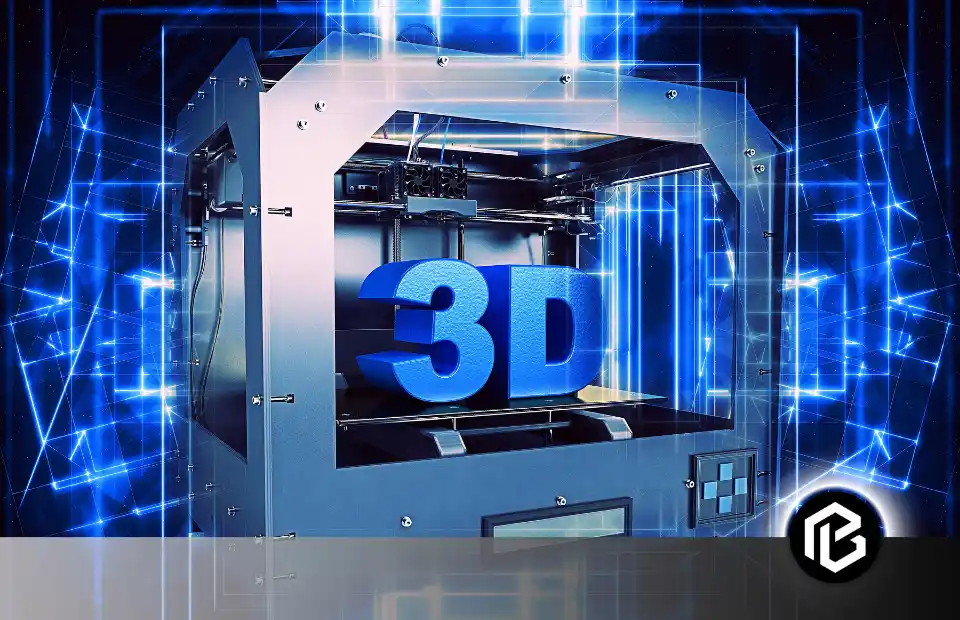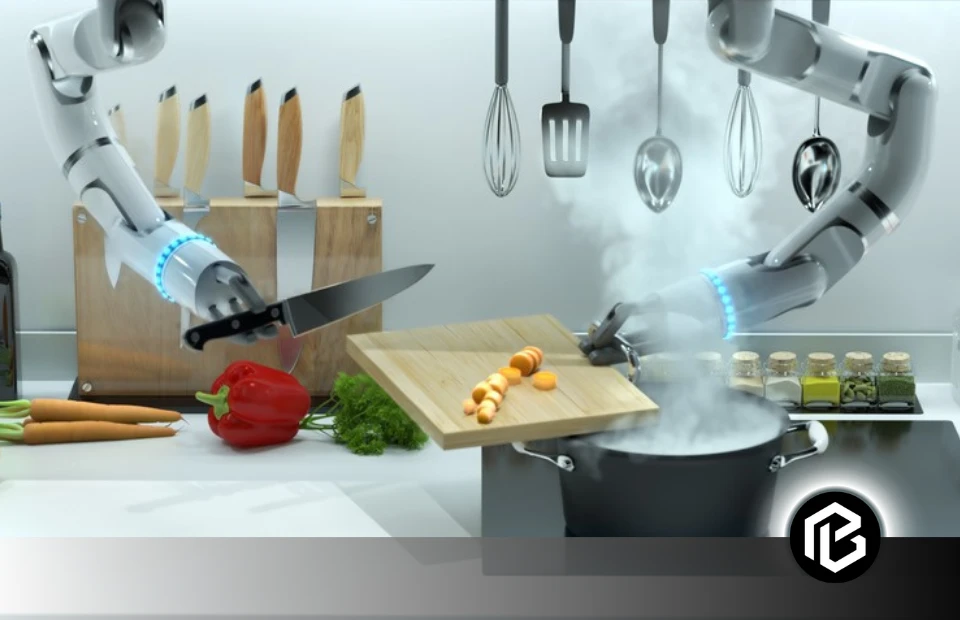The field of Robotics is growing like a Fire!
The main reason for the growth of this technology is the huge interest of humans in robotics. The Humanoid robots have jumped from our dreams and science fiction into reality. Robots serve almost every modern industry through their remarkable advancement. Today, Humanoid robots are everywhere like in agriculture, space, travel, medicine and manufacturing.
We are just saying that in some past years, robots have taken over the world! Is that True?!!
The robot reached new heights and achievements with continual and rapid progress in Artificial Intelligence. They are also paired with large data sets, lower price sensors and electronics. The big demand for efficiency created the perfect storm of engineered innovation. Early robots are complicated machines. On the other hand, they are also delightful to understand in a lot of cases. Robots are based on us humans.
In previous years, Artificial intelligence made unbelievable advancements in the field of robotics, especially in Humanoid Robot Development. These amazing machines are designed to mimic human nature. Now, we see full-fledged Advanced robots with outstanding features but on the other hand, there are a lot of challenges in humanoid robot development that are faced by the technologists and engineers while making the robots.
- Humanoid Robot
- Understanding The Challenges In Humanoid Development
- First Humanoid Robot Attempts
- Technical Challenges In Humanoid Robot Development
- Ethical And Society Challenges In Humanoid Robot Development
- Legal And Regulatory Hurdles
- Funding and Limited Resources
- Future Of Humanoid Robot Development
- Conclusion
- Frequently Asked Questions on Challenges in humanoid robot development
Humanoid Robot
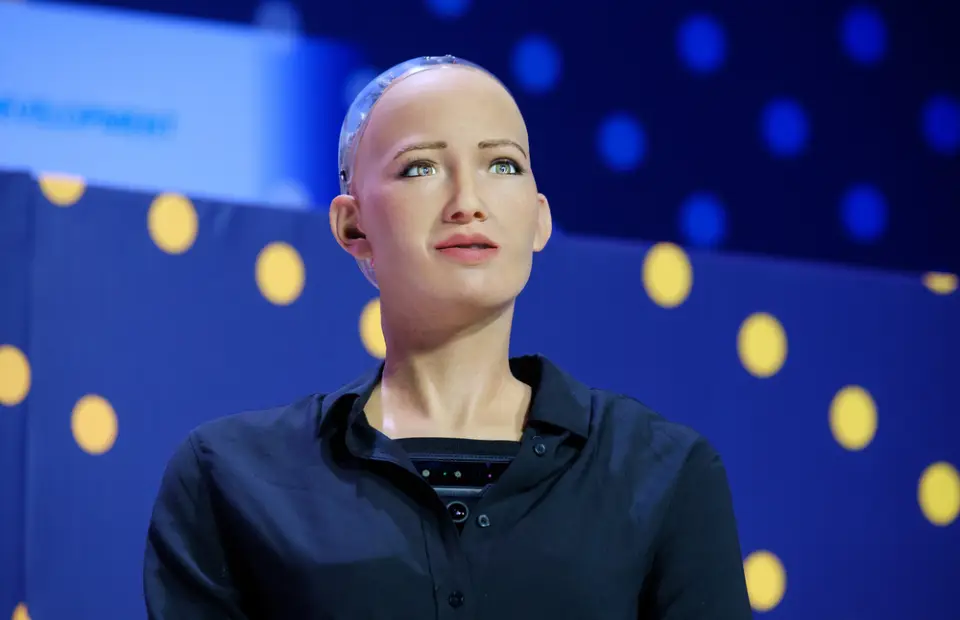
A humanoid robot is no longer a dream or sci-fiction thing. They have become a part of each industry, from healthcare to entertainment. Understanding the humanoid robot is very significant for us to integrate our lives more deeply.
Understanding The Challenges In Humanoid Development
No doubt, humanoid robots impress the whole world with it’s achievements but it’s very important to know about the early challenges faced in making humanoid robots. It’s not an easy task for humans. There are a lot of failures in making efficient humanoid robots. By understanding these challenges we can work on solutions that will shape the new future of robotics.
First Humanoid Robot Attempts
From 1932, many robots were made but they have many issues like balancing and object recognition. By understanding these challenges humans can make robots more efficient and useful. Robots help us to do every task and manage things more accurately and faster than humans.
Technical Challenges In Humanoid Robot Development

Advanced Sensors
One of the most fundamental challenges in humanoid development is the integration of advanced sensors and algorithms to interact with the real environment and to perceive things. We need more advanced sensors in robots for better working.
Balancing
Early robots face many failures in balancing their weight on automatic wheels. Seriously, it is a very daunting task for Robots. The technologist explore innovations and advanced techniques to make robots run and walk like humans
Artificial Intelligence And Interaction With Human
Artificial intelligence in robots is the basis of humanoid robot development. Scientists will focus on how AI technology allows robots to understand and respond to human interaction and how robots understand human speech and gesture
Energy Efficiency
Humanoid robots need a specific amount of energy to perform tasks like humans. We will see the challenges related to power supply and energy efficiency that are important for robot work.
Robustness And Reliability
Robots must be hard and stay for a long time. A humanoid robot is strong enough to withstand real-world conditions and the environment. In making robots that is a big Challenge. Software challenges in humanoid robot development
Machine Learning
To make an intelligent robot, machine learning and deep learning play an important role. It is very essential to allow humanoid robots to learn, respond and make decisions.
Recognizing The Speech With Natural Language Processing
The main and first task for a humanoid robot is to understand and respond to human speech. How is it possible? With the help of different language processing systems, it can be possible and perfectly done but there are a lot of challenges faced by technologists to convert this unreal thing into reality.
Face And Gesture Recognition
Huh! The recognition of facial emotions and gestures of humans is a great challenge faced by scientists in developing humanoid robots. This advanced feature in robots acts as a backbone for developing robotics.
Decision-Making Challenges
Understanding the input and deciding like a human is a huge challenge in making a humanoid robot. Through different algorithms and with the help of deep learning the robots can do so.
Ethical And Society Challenges In Humanoid Robot Development
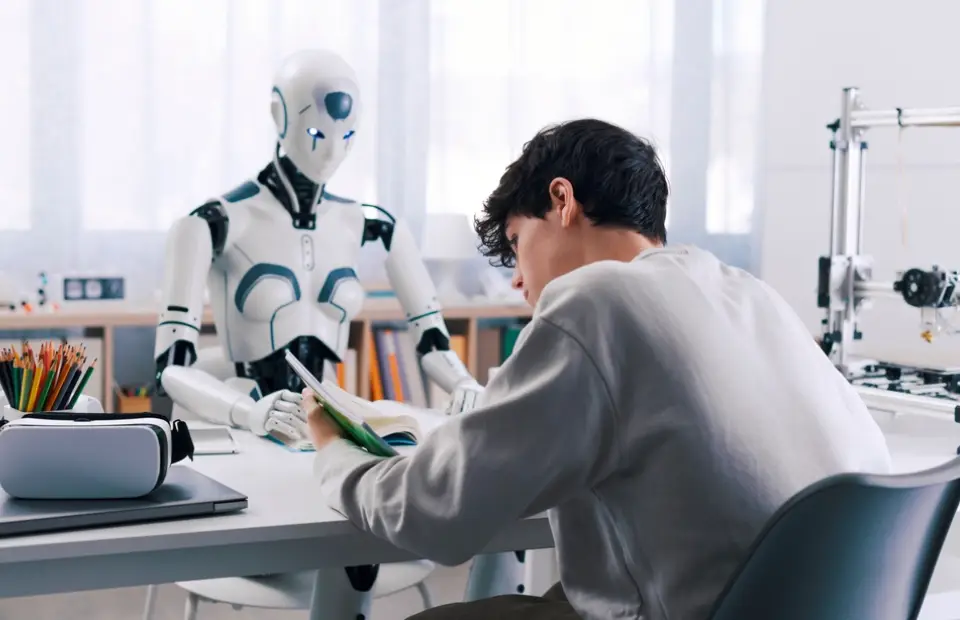
Unemployment
All modern industries perform their task with humanoid robots. Robots and advanced machines shift with humans. In the future, it is the main reason for unemployment.
Privacy Issues
The more interaction with robots in our daily lives, the more security and privacy issues in this digital world. Our data is stored and collected through robots that we should have to protect properly.
Interaction With Human
Robots are super advanced machines with amazing capabilities for doing anything but how do they interact with humans? Is a major concern for us. Some robots are also dangerous for humans even robots can kill humans.
Cultural Variations
Every area has its own culture so robots must understand the cultural factors, especially humanoid robots.
Legal And Regulatory Hurdles
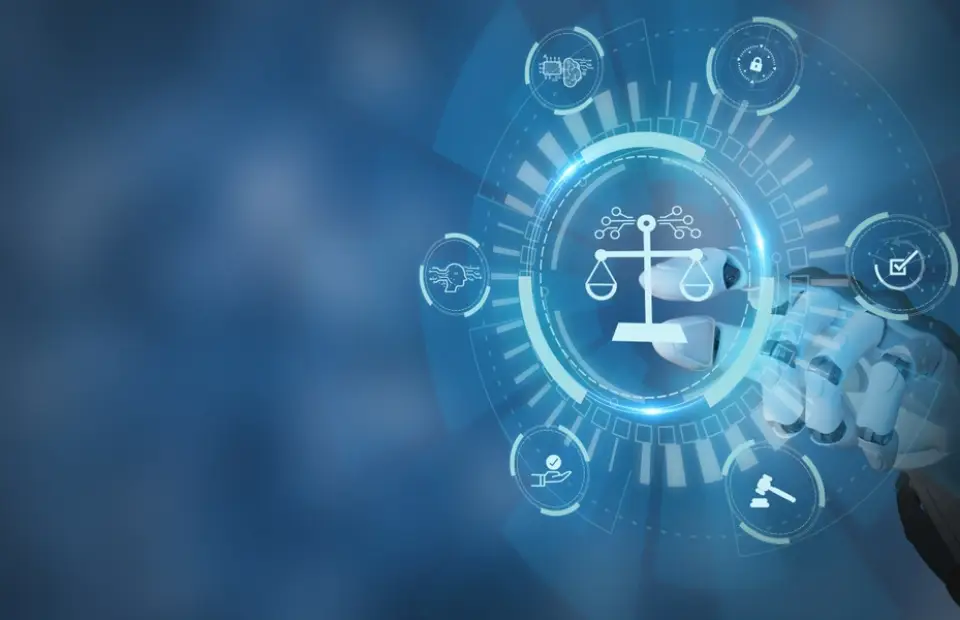
Laws And Regulations
There are strict and hard laws in the landscape for humanoid robots which are very complex and evolving. We have to follow these laws while making humanoid robots because these laws are for human protection.
In Case of Accident
We have to face many problems when an accident occurs involving a humanoid robot. Determining liability in this case is a challenging legal question.
Intellectual Property Rights
In the field of robotics, intellectual property rights are very important. The government makes these laws for the protection of human beings.
Funding and Limited Resources
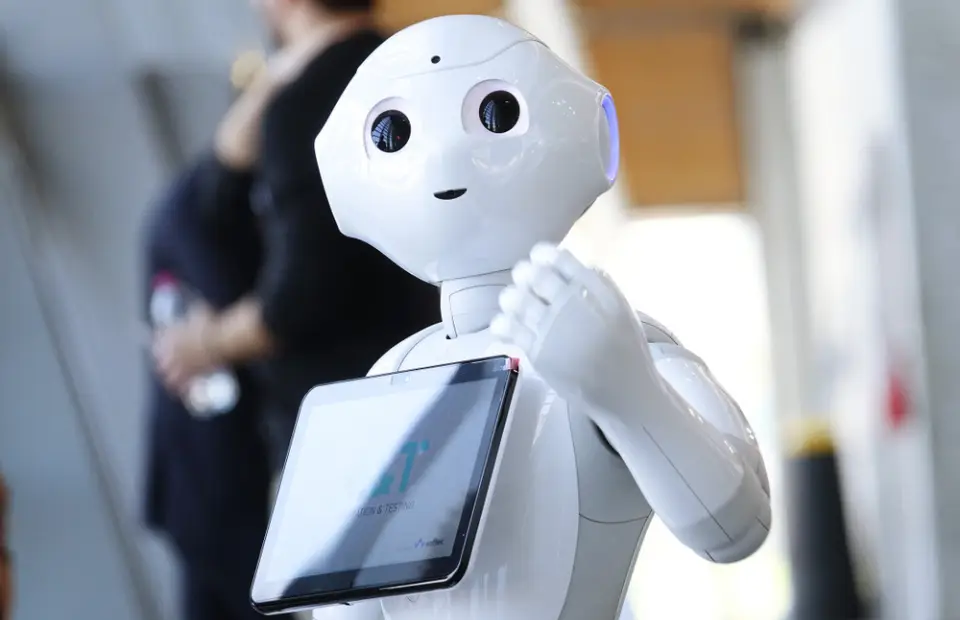
Development Cost
High cost is required in developing humanoid robots because there are a lot of sensors machines and body parts needed for proper functionality.
Required Skilled Engineers and researchers
The shortage of highly skilled engineers is a significant challenge in humanoid robot development
Public And Private Funding
Substantial funding is needed while developing humanoid robots. Here we talk about government grants and private investment
Future Of Humanoid Robot Development
The future of humanoid robots is very interesting and amazing if we consider all the challenges deeply and solve them. Robots are the need of the advanced and modern digital world. By solving problems and issues, robotic technology has become the most powerful technology in the world.
Conclusion
Understanding the Complex challenges in humanoid robot development is opening the doors to innovation and advancement in robot technology. There are a lot of challenges while making a humanoid robot like features, understanding, interaction, decision making, technical, ethical and social challenges. In short, there is a hard journey while making human-like robots. Despite these challenges, the world of humanoid robots is blooming with excitement and advanced innovation. These robots have the potential to do any task more efficiently than humans. They revolutionize various industries and enhance our lives to the next level. It is very essential to overcome these challenges to unlock the remarkable potential of humanoid robots.
Frequently Asked Questions on Challenges in humanoid robot development
What are the main technical challenges in humanoid robot development?
Technical challenges in humanoid robot development include designing robust and agile locomotion systems, developing dexterous manipulation capabilities, creating sophisticated sensory systems for perception and navigation, and implementing complex algorithms for decision-making and control.
What are the challenges in achieving human-like dexterity in humanoid robots?
Achieving human-like dexterity in humanoid robots requires developing advanced robotic hands with multi-fingered grasping capabilities, tactile sensing for object manipulation, and proprioceptive feedback to adjust grip strength and posture.
How do humanoid robots interact with humans socially?
Humanoid robots interact with humans socially through natural language processing for speech recognition and generation, facial expression recognition and synthesis, gesture recognition, and understanding social cues for appropriate responses.
What are the prospects for humanoid robots in the future?
Despite the challenges, humanoid robots hold promise for applications in healthcare, eldercare, education, entertainment, and service industries. Continued advancements in robotics, artificial intelligence, and human-robot interaction will drive progress in humanoid robot development.



